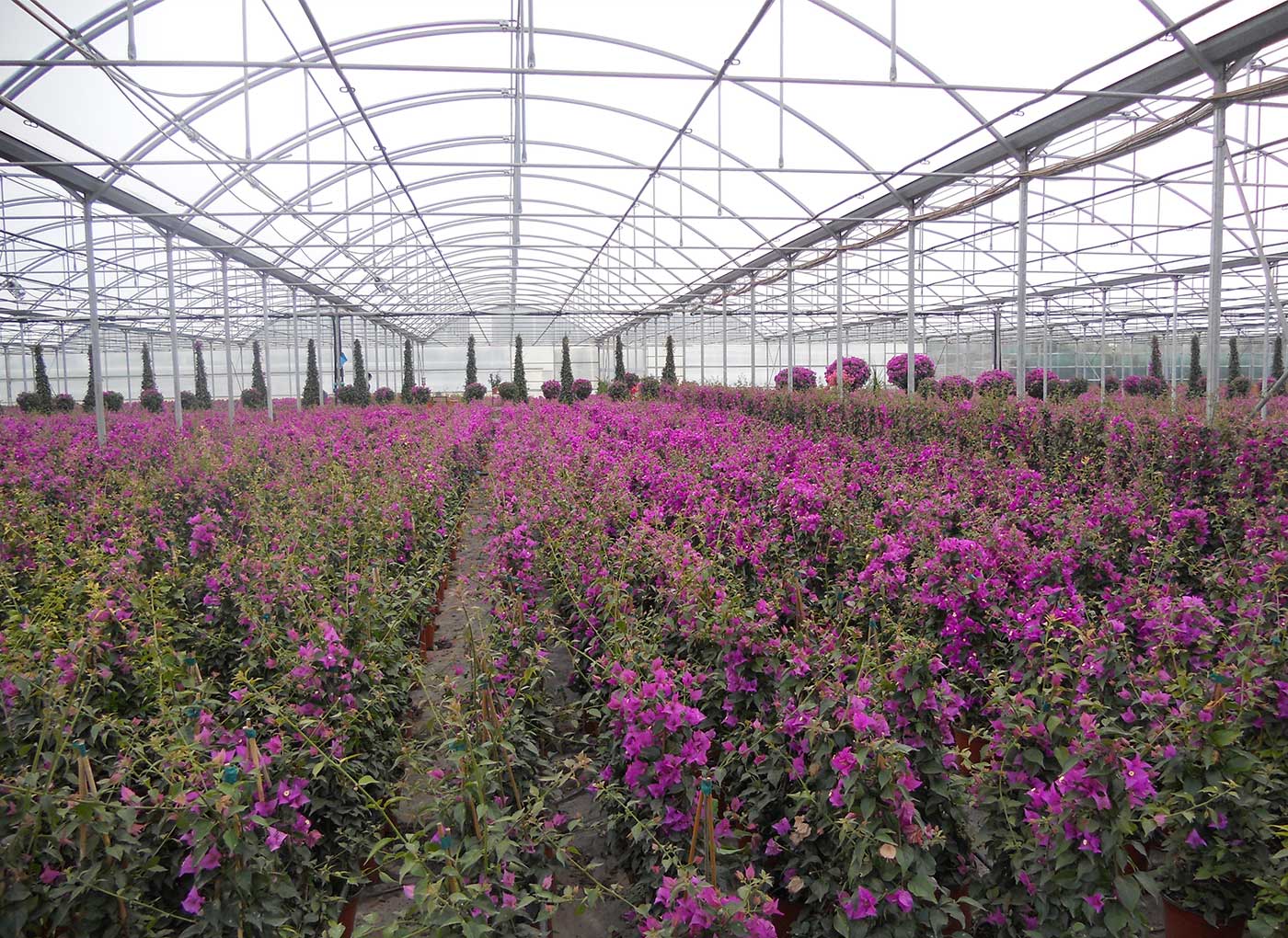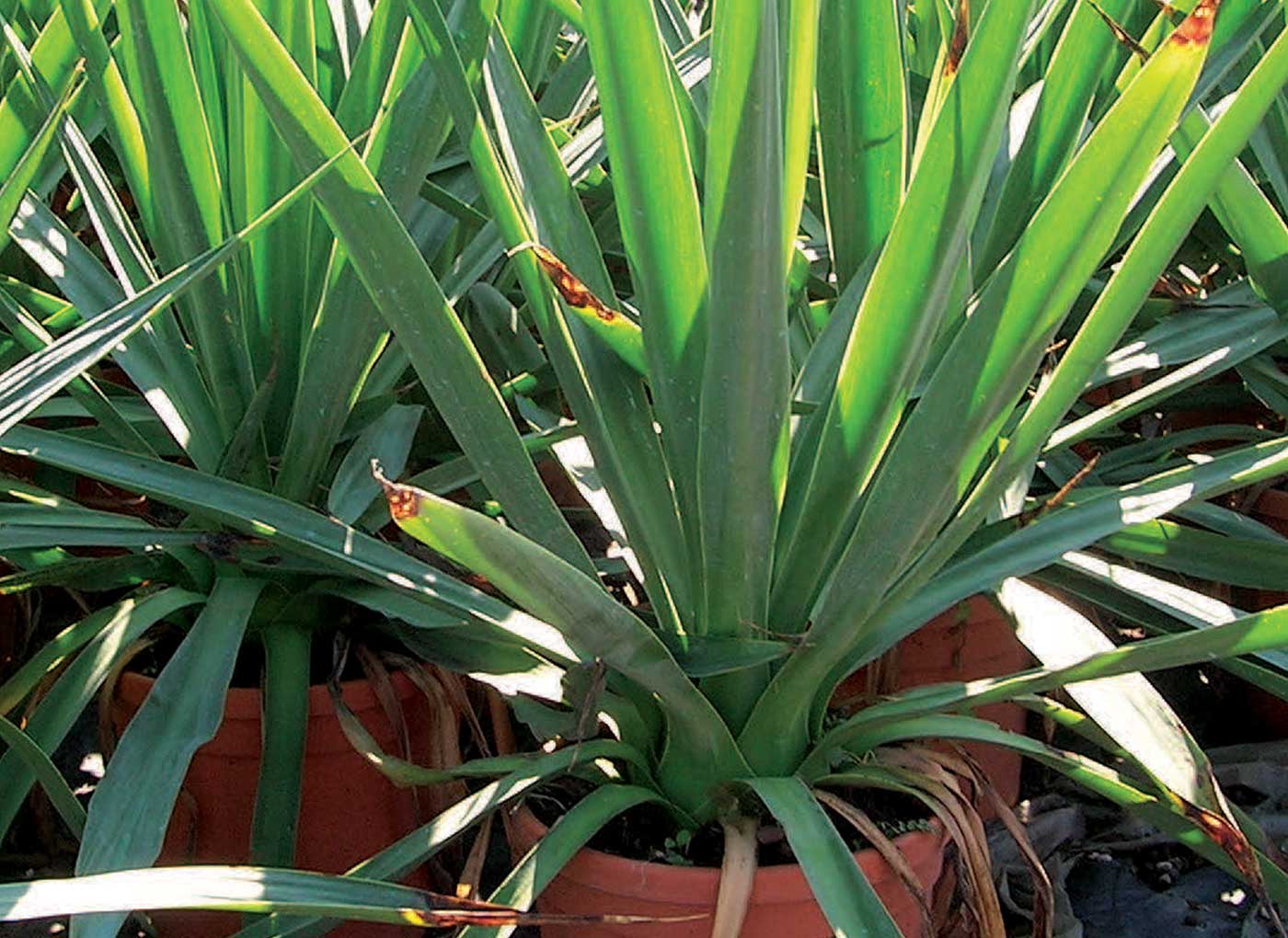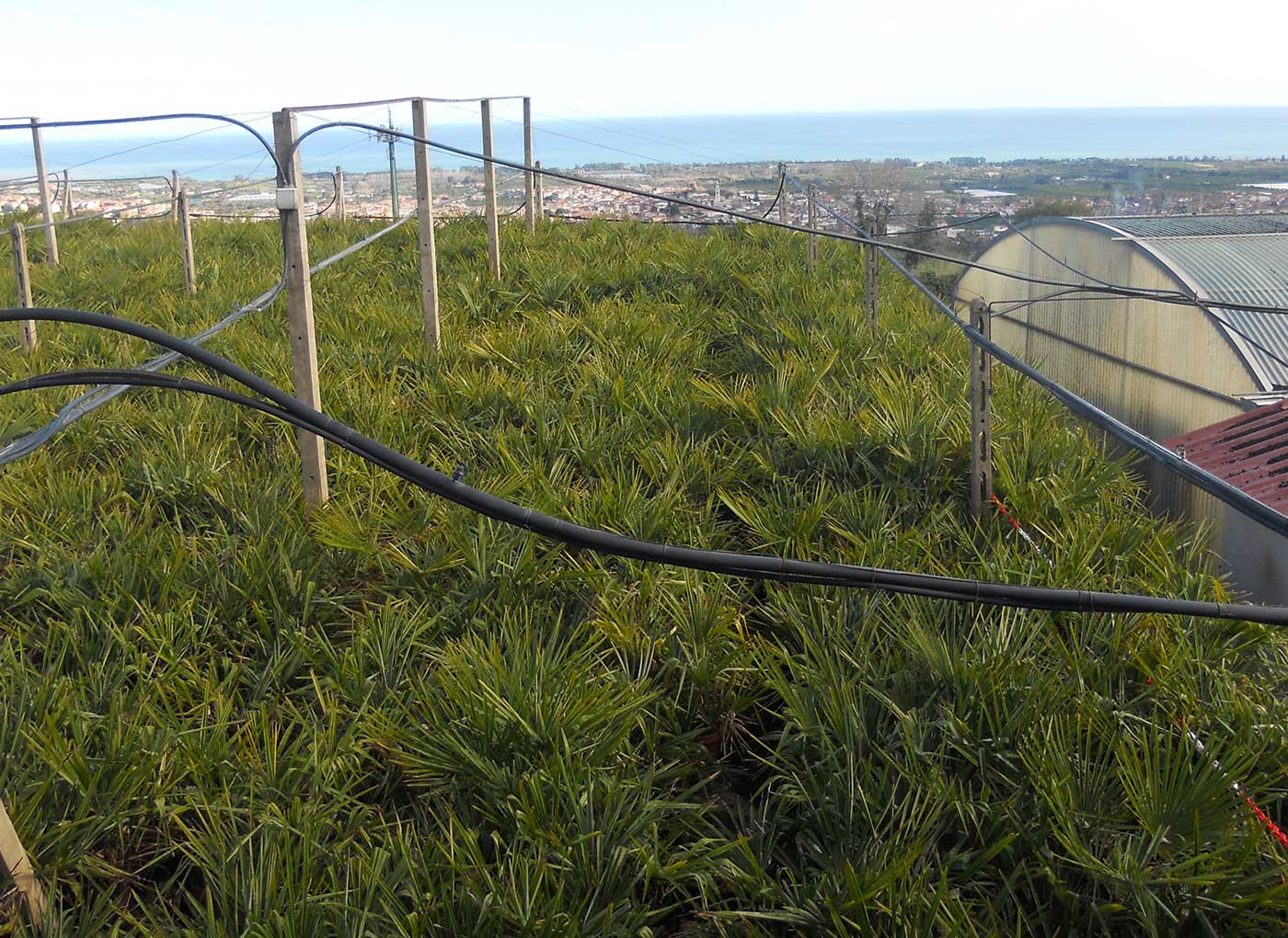When re-potting, a layer of Laterlite Agri pebbles placed below the potting soil at the bottom of the pot, planter, or container prevents damage from stagnating water whilst its high porosity and capillary power act as a valuable moisture reserve that favours rooting and plant health.
If planting directly into a trench in the ground, the same advantages can be obtained by spreading a layer of expanded clay along the bottom of the trench (to a suggested thickness of at least 10 – 20 cm).
Expanded clay is also commonly used as a drainage layer in green roof systems.
Good substrate drainage and aeration are indispensable for a plant to absorb the water and mineral salts it requires for all its physiological functions (branching, flowering, fruiting, etc.) whereas poor drainage or aeration will retard root respiration and may encourage root disease and parasitic fungi.
Similar problems may result if the substrate in the pot becomes compacted due to the growth of the roots themselves, the decomposing organic components, or the movement of irrigation water.
When Laterlite Agri Expanded Clay is used as an improver in a potting soil mix based on organic substances (e.g., peat or compost) it:
- improves drainageand prevents water stagnation
- guarantees a moisture reserveover the long term because water remains trapped in its pores and is gradually released to the roots. This reduces water stress in hot weather and in the intervals between watering
- increases porosity and aerationin the substrate
- prevents compaction of the substrate over timebecause expanded clay is dimensionally stable and lightweight
- reduces the weight of pots and planters, making them easier to position or move and avoiding overloading the support structure (roof gardens or on balconies).
For these reasons Laterlite Agri is a fundamental component in substrates and ensures the long-term efficiency of the plant+pot system.
The correct proportions of Laterlite Agri and growth substrate will depend on the plant type and the irrigation system. In general, they range from 20% (1 part Laterlite Agri + 4 parts organic component) to 40% (2 parts Laterlite Agri + 3 parts organic component).
For particular plant types (e.g. orchids) and in hydroponics and aquaponics the substrate can be made from expanded clay only.
Laterlite Agri Expanded Clay pebbles are frequently used as mulch for potted plants. When laid on top of the substrate they prevent weed growth, reduce moisture loss due to evaporation, minimise water stress and the need for irrigation in hot weather, protect the soil from extreme temperature changes, and provide an aesthetically pleasing finish.
To find out more, see the page about mineral mulch with expanded clay balls.



